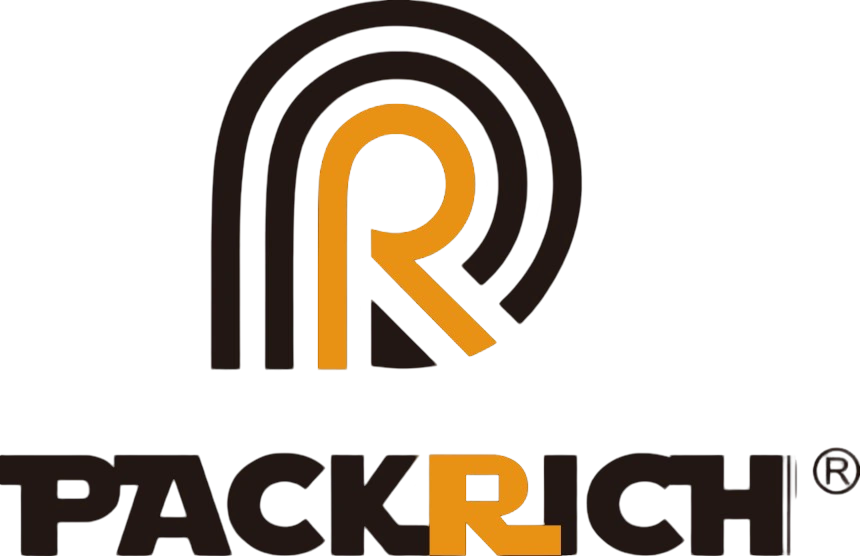The healthcare field keeps getting more high tech all the time, and nurse carts are no exception. These rolling workstations now come equipped with built-in drawers for supplies plus screens that connect to hospital IT systems, making them essential tools for modern care delivery. Nurse carts actually date back quite a ways, though most people don't realize it. This piece will take a look at where these carts came from historically, explore what they do today in hospitals and clinics across the country, and show exactly how nurses rely on them throughout their busy shifts. From morning rounds to late night emergencies, these mobile units play a critical role in day to day operations.
Evolutionary History of Nurse Carts
Nurse carts have been around for decades, originally serving just one job: carrying a doctor or nurse's essentials from room to room. These early versions basically looked like oversized toolboxes with wheels, packed full of things like bandages, syringes, and whatever else医护人员 needed during rounds. Nobody really cared how they looked back then because function was everything. The carts were often awkward to maneuver through hospital corridors and tended to collect dust in hard-to-reach corners. Things changed quite a bit over time though. Modern nurse carts now incorporate features that actually make life easier for medical staff. Many models come with adjustable shelves, built-in medication drawers that lock securely, and even power outlets for charging devices. Some newer designs even reduce strain on nurses' backs by distributing weight more evenly across the cart's frame.
Todayâs Functionalities of Nurse Carts
Modern nurse carts offer all sorts of benefits thanks to their upgraded design. Most facilities these days are seeing carts equipped with modular components that can be rearranged to fit different hospital requirements. The adjustable drawers for controlled medication access work really well when combined with built-in workstations at the bedside. This setup saves time for nursing staff who need to grab supplies quickly while helping patients move around safely. Some models even come with special wheels that reduce noise levels in sensitive areas of the hospital.
Effects on Healthcare Personnel
The introduction of nurse carts brings numerous benefits to hospital staff across the board. Modern nursing carts make it much easier for caregivers to collect needed items, organize them properly, and transport everything safely throughout the facility. When nurses aren't wasting precious minutes searching for supplies or carrying multiple items at once, they actually save about 30 minutes per shift according to recent studies. With all that extra time freed up, medical personnel can dedicate more attention to their patients during rounds and procedures. Hospitals that implemented these mobile workstations report higher job satisfaction among nursing staff plus better overall patient recovery rates because caregivers simply have more bandwidth to devote to quality care.
Nurse Cart Features and Technology Improvements
Healthcare technology trends positively impact nurse cart design, integrating smart features like device charging stations, inventory management systems, and telehealth functionalities. Nurse carts serve their purpose better with added technology while also keeping up with healthcare IT advancements focused on patient care improvements.
Expected Developments for Future Nurse Carts
Changes in design continue to shape what nurses do day to day, especially as telemedicine and remote monitoring tech keeps advancing. We can expect to see more green materials being used across healthcare settings, along with better mobility options for medical staff. Automated features are also getting smarter, helping nurses work remotely while maintaining good patient connections. Equipment manufacturers are focusing on sustainability too, creating devices that make those annoying paper tasks and complicated interface problems easier to handle. While adopting all these new trends might take time, hospitals that invest in modern tools tend to deliver better care overall. Nurses end up spending less time wrestling with outdated systems and more time actually caring for patients.
Looking at it all together, how nurse carts have evolved mirrors changes happening across healthcare today as well as growing pressure on staff who need to keep track of everything. When hospitals understand where these carts came from, what they look like now, and what might come next, they're better positioned to make smart choices about equipping their nursing teams. Better tools mean nurses spend less time hunting for supplies and more time actually caring for patients, which ultimately leads to better outcomes throughout the facility.

